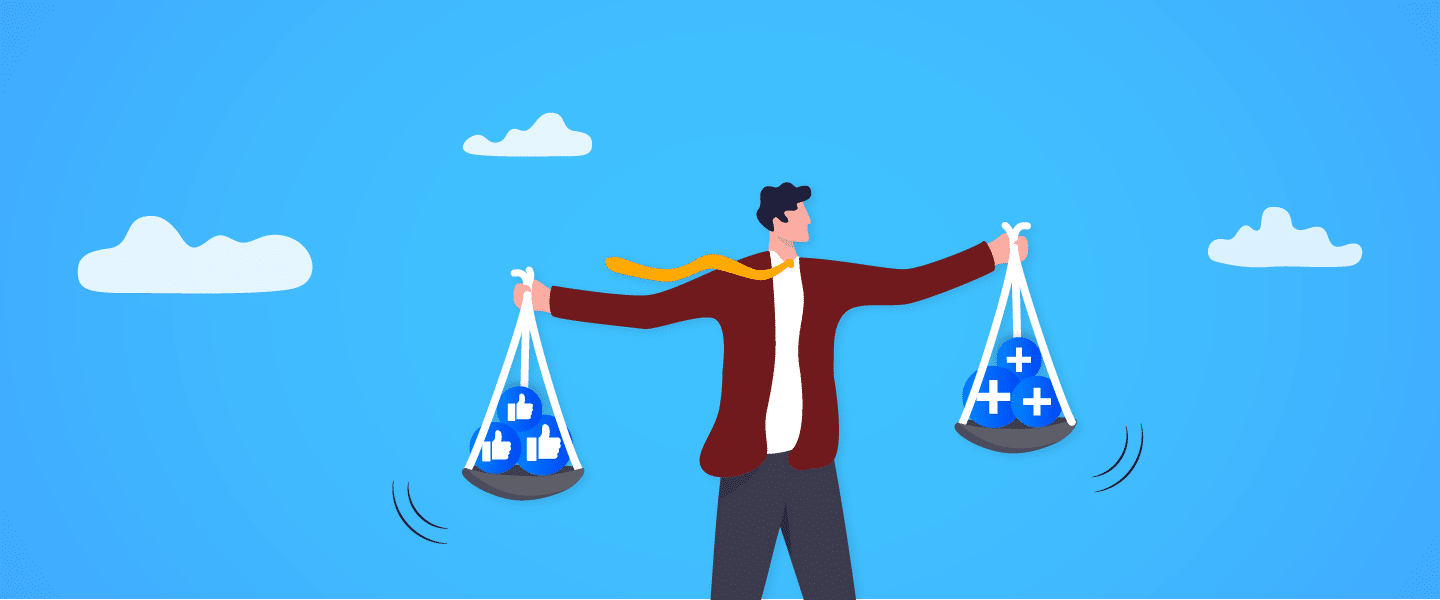Recently, while on a call to review a monthly social media analytics report, a client asked us a question we did not know the answer to: When it comes to Facebook fans and followers, what is the difference? And which metric should we be tracking?
“We’ll look into that and get back to you,” was our response. And we did. Spoiler alert: The answer is followers.
For all of the social media managers (or just curious individuals) out there, we’ve broken out the difference between a Facebook fan and a Facebook follower below, (you know, just in case your clients ask.)
For the longest time on Facebook, the only way to ensure that you would see the content from the brands you were interested in was to “like” the brand’s Facebook page (“liking” a page automatically made you a “fan” of the page). But as users sought more control over what content they wanted to see in their newsfeeds, the page “like” option began to splinter: you could like the page and choose to see all of the content that the page posts, you could like the page and choose to only see certain types of content, or you could like the page and choose to opt-out of seeing content entirely, meaning you were counted as a “fan,” but weren’t exposed to the brand’s content.
Facebook then came out with the “follow” option. When a user chooses to “follow” the brand page, they are opting-in to see that brand’s Facebook content without needing to “like” the page. People may follow instead of “like” for a few reasons. When you “like” a page, this is a public-facing action. Facebook friends can see that you’ve liked the page (“Becca Marshall and eight other friends like Mythic,”) when content shows in friends’ newsfeeds, and a list of one’s liked pages is also available to see on the user’s profile. If someone wants to see a brand’s content but doesn’t want to walk around with an “I LIKE THIS BRAND” stamp on their digital forehead, following is a useful solution. Not to mention that “follow” has become a default term within the public lexicon for maintaining exposure to an entity’s content.
It’s also worth mentioning that, as outlined above, you can “like” a page while selecting to see zero content coming from that page. That is, you can “like” a page without “following” the page. The opposite does not hold true. A follow does not equal a page like/becoming a page fan. But a follow does indicate that a user is subscribing to your page’s content.
There are also ways to toggle the content that you see as a follower, (only show me videos from this page, only show me images from this page, etc.), but when a user follows a page, there is always an intent to be shown content from that page.
Therefore, we see that tracking Facebook page follows instead of page likes is a more useful metric, as followers are a more accurate indicator of how many people have opted-in specifically to be exposed to the content that comes from your page.
In a world where attention spans are limited, we’re glad you stuck with it and made it to the end of this article because we certainly think it was worth the read. If you like what you saw and want to know how you can partner with a team that’s brimming with creative ideas, reach out to Mythic’s new business team at newbiz@mythic.us and get a conversation started today.
